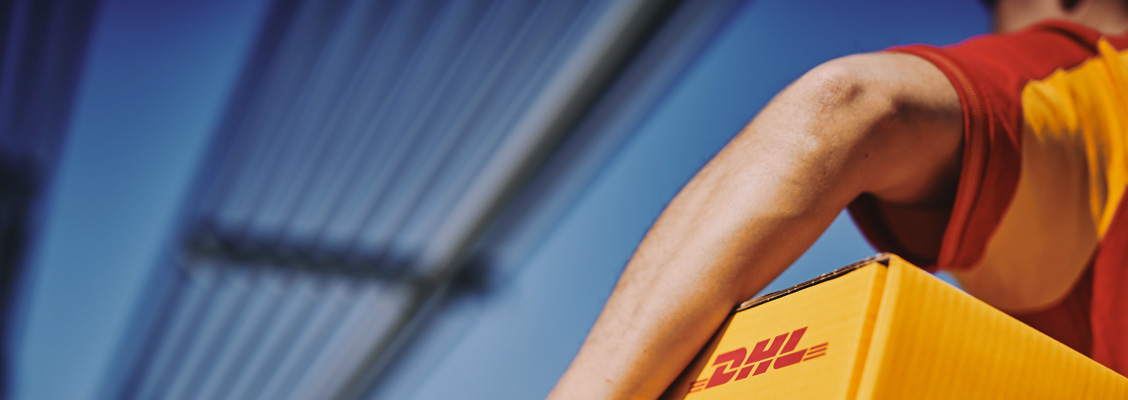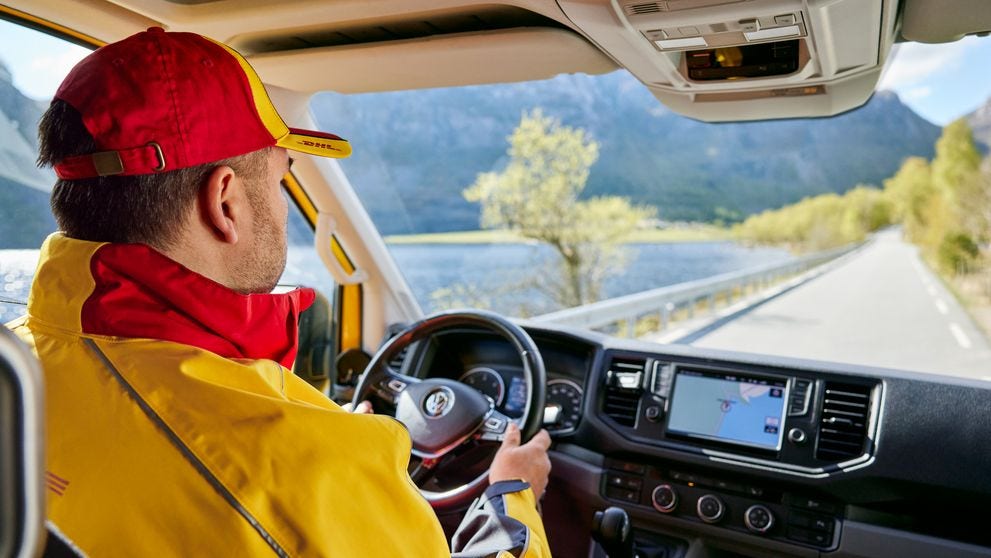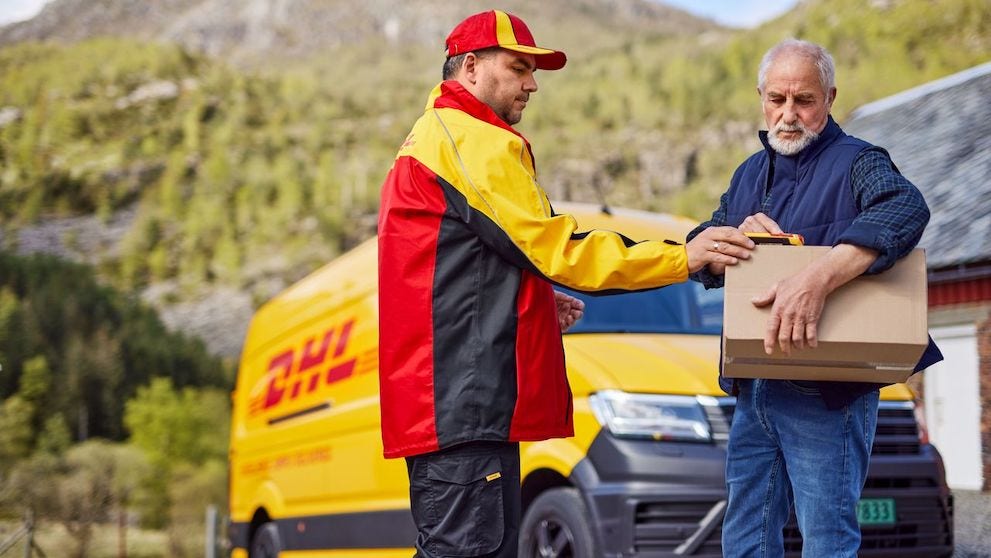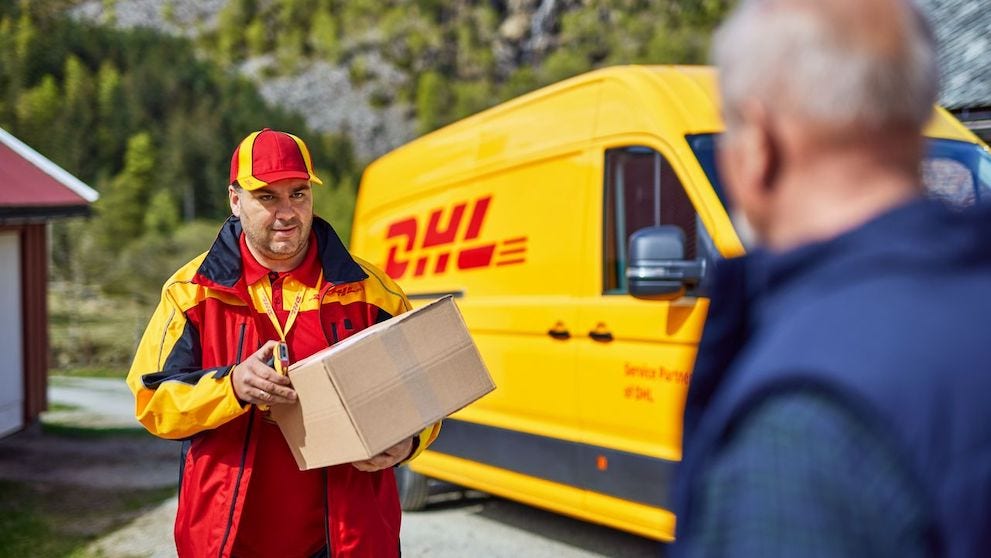
Shipping cameras and filming equipment overseas can be challenging. Professional gear such as DSLR cameras, lenses, and lighting kits are not only expensive but also highly sensitive to shock, temperature, and humidity. Whether you are sending equipment abroad for a shoot, exhibition, or sale, proper logistics are as important as the creative work itself.
This guide explains how to pack, document, and ship camera equipment safely and efficiently. It also outlines key considerations for international shipping from New Zealand, helping you move valuable gear across borders with confidence.
Planning your shipment
When it comes to shipping filming and photography equipment, planning is just as important as packing. Understanding the characteristics of your gear, its safety documentation, and proper record-keeping helps prevent damage, customs delays, or non-compliance during international shipping from New Zealand.
Understanding the unique nature of your gear
Cameras, lenses, drones, and lighting equipment are precision tools that are both fragile and valuable. They are also highly sensitive to moisture, vibration, and temperature changes, which makes proper packaging and handling essential.
In addition, many professional cameras and lights use lithium-ion batteries, which are classified as dangerous goods under international transport regulations. It’s important to check with your manufacturer or courier to determine whether any part of your shipment requires special labelling or documentation before it can be sent overseas.
Sourcing your Safety Data Sheet (SDS)
If your camera or lighting equipment contains batteries, request a Safety Data Sheet (SDS) from the manufacturer. This document outlines the product’s chemical composition, potential hazards, and safe handling instructions.
Your shipping partner will need the SDS to assess whether your items meet international transport requirements for dangerous goods. Providing it upfront helps ensure your shipment moves smoothly through customs and air freight checks.
Documenting your equipment
Before you pack, make a detailed inventory of every item you plan to ship — including serial numbers, product descriptions, and estimated values. This list will be useful for both customs declaration and insurance claims, should anything be damaged or misplaced in transit.
It’s also a good idea to take clear photos of each item to document its condition before shipping. These images serve as proof of value and help streamline the claims process if needed.
Planning for peace of mind with insurance
Even with careful packing and professional handling, shipping camera equipment overseas carries some risk. That’s why it’s important to understand the difference between a carrier’s declared value and comprehensive shipping insurance.
A carrier’s declared value only covers the courier’s maximum liability, which is usually limited and may not reflect the full replacement cost of professional photography or filming gear. In contrast, specialised insurance policies — such as equipment floater or inland marine insurance — offer broader protection. These policies cover theft, accidental damage, and transit-related losses, often on a worldwide basis.
For photographers and filmmakers, having the right insurance is an investment in peace of mind. It allows you to travel or work internationally knowing that your livelihood is protected, no matter what happens during transit.
How to pack a camera for shipping
When it comes to shipping camera equipment internationally, good packaging is your best line of defense against shock, vibration, and rough handling.
Packing camera bodies and lenses
Always separate camera bodies and lenses before packing. Use body caps and lens caps to protect internal components from dust and impact. Wrap each item individually in several layers of bubble wrap and secure them with tape to prevent movement. For maximum protection, place them in a hard-shell case with custom foam inserts, or a double-walled box with sufficient padding on all sides.
Packing lighting and ancillary equipment
Disassemble lighting kits, tripods, and stands wherever possible to save space and reduce the risk of damage. Wrap delicate components in bubble wrap or foam sheets and pack them tightly to avoid shifting during transit. Smaller accessories — such as cables, batteries, or filters — should be kept in separate, labelled boxes or pouches to stay organised and prevent scratches.
Packing large equipment
For oversized items such as large lighting rigs or custom-built cases, additional care is needed. Secure the contents within their protective cases and reinforce the outer packaging with strapping or corner protectors.
Navigating customs and documentation
When shipping cameras and professional filming equipment internationally, accurate documentation and awareness of destination-country regulations are just as important as protective packing. Here are two key areas to pay attention to:
Researching country-specific import regulations
Different countries apply different rules for commercial equipment imports — especially high-value photography gear. As a sender you should:
- Check the destination country’s official customs or trade portal to find out if licenses, permits, or approvals are required for your gear type.
- Understand applicable duties and taxes (e.g., sales tax, import duty, or equipment levy) so you can factor them into your costing and lead time.
Confirm any special rules for used gear, rental equipment, or gear sent for exhibition or filming. Doing this research upfront helps you avoid customs delays, unexpected costs, or rejection of your shipment.
The ATA Carnet for temporary imports
An ATA Carnet (often described as a “passport for goods”) allows you to temporarily export and re-import equipment without paying duties or taxes — provided the gear is re-exported within the permitted period1.
Key details:
- The Carnet is valid in over 80 participating countries for up to one year2.
- It covers professional equipment (such as cameras, lenses, lighting kits and accessories) when the gear is used overseas for a project, exhibition, or production and will be returned.
- To apply: prepare a detailed list of items (with serial numbers), their values, and intended use abroad. Submit via the Wellington Chamber of Commerce.
- Without a valid Carnet in a destination country that accepts them, you may face duties, taxes or the requirement of a bond or guarantee.
For photographers shipping cameras and equipment like lenses internationally, using an ATA Carnet can save time, reduce cost and simplify customs clearance — especially for temporary assignments or rental equipment.
Ship filming and photography gear securely with DHL Express New Zealand

When your livelihood depends on your camera equipment arriving safely, DHL Express New Zealand delivers the speed, reliability, and care your gear deserves. With decades of experience in international shipping, DHL Express offers time-definite, door-to-door delivery that keeps your production schedule on track — whether you’re sending camera bodies, lenses, or lighting rigs across the Tasman or around the world.
Our specialist team understands the unique requirements of shipping high-value and battery-powered equipment. From guidance on lithium-ion battery declarations to help with customs documentation, we ensure your shipment meets every regulatory standard. You’ll also have access to real-time tracking, proactive updates, and local customer support that’s familiar with New Zealand’s export processes.
When you ship with DHL Express New Zealand, you’re not just choosing a courier — you’re partnering with a global logistics leader trusted by professionals in over 220 countries and territories. Combine your creative expertise with our shipping solutions, and you can focus on your craft while we handle the journey safely, quickly, and compliantly.
Open a DHL Express account today to streamline your importing and shipping process.































